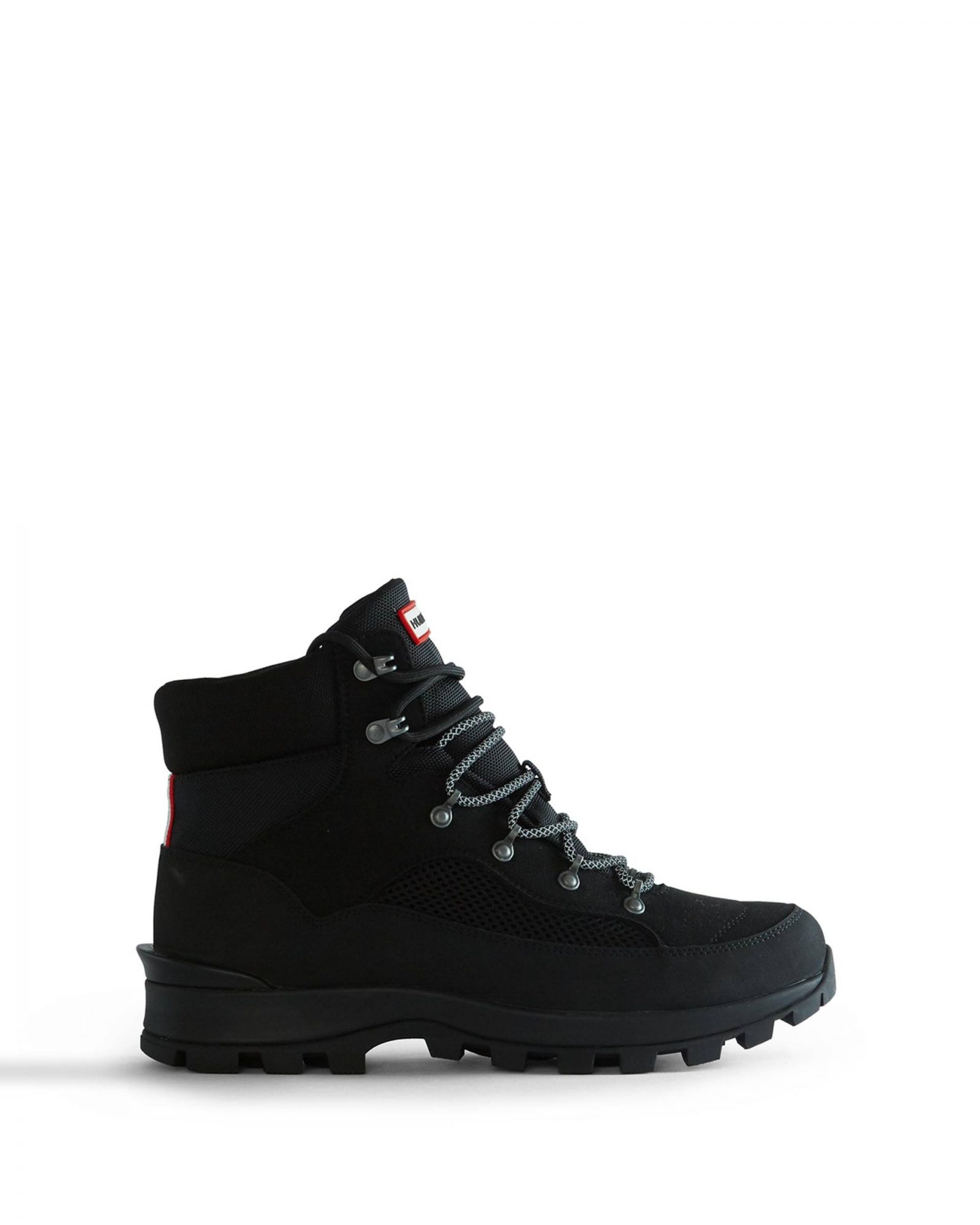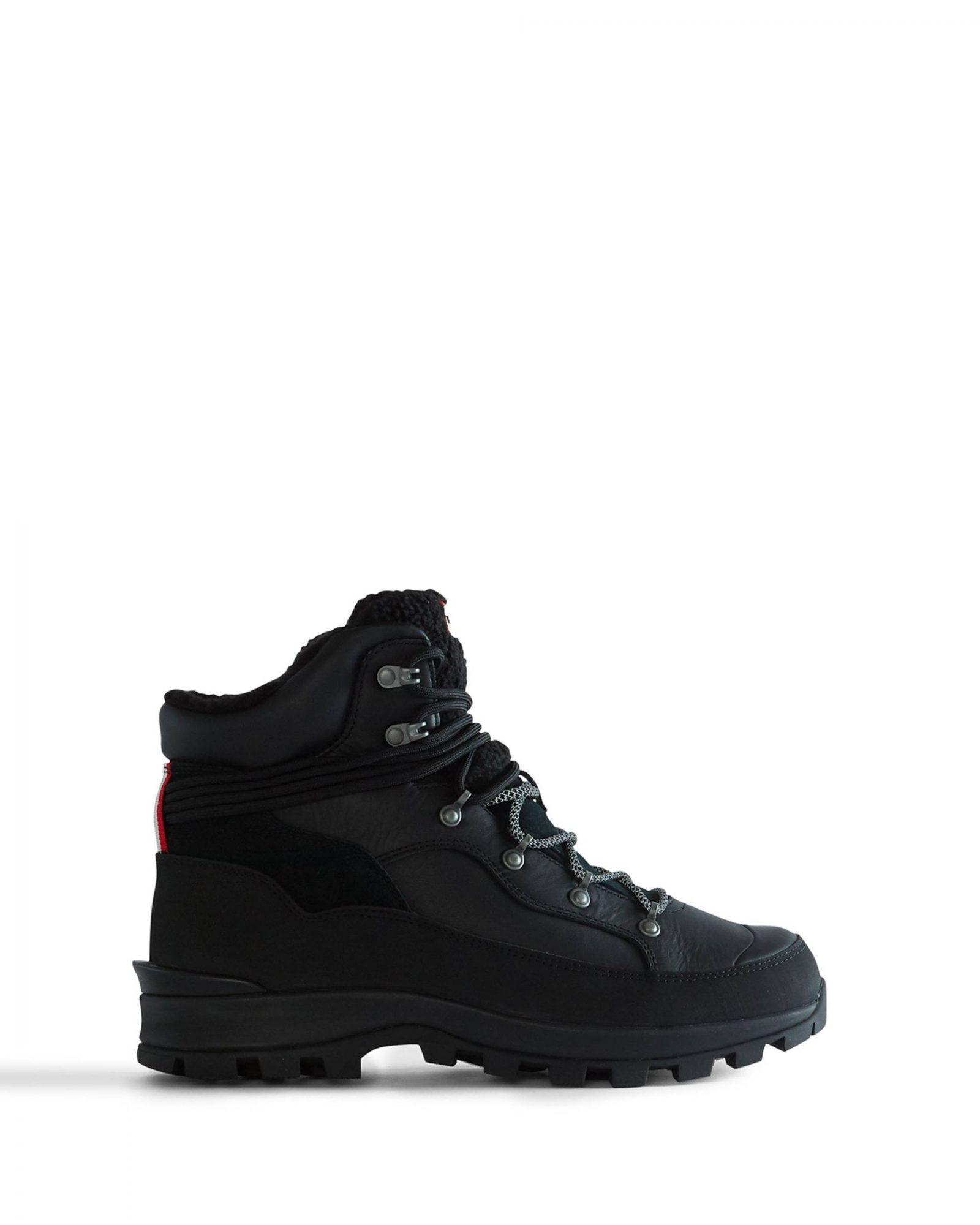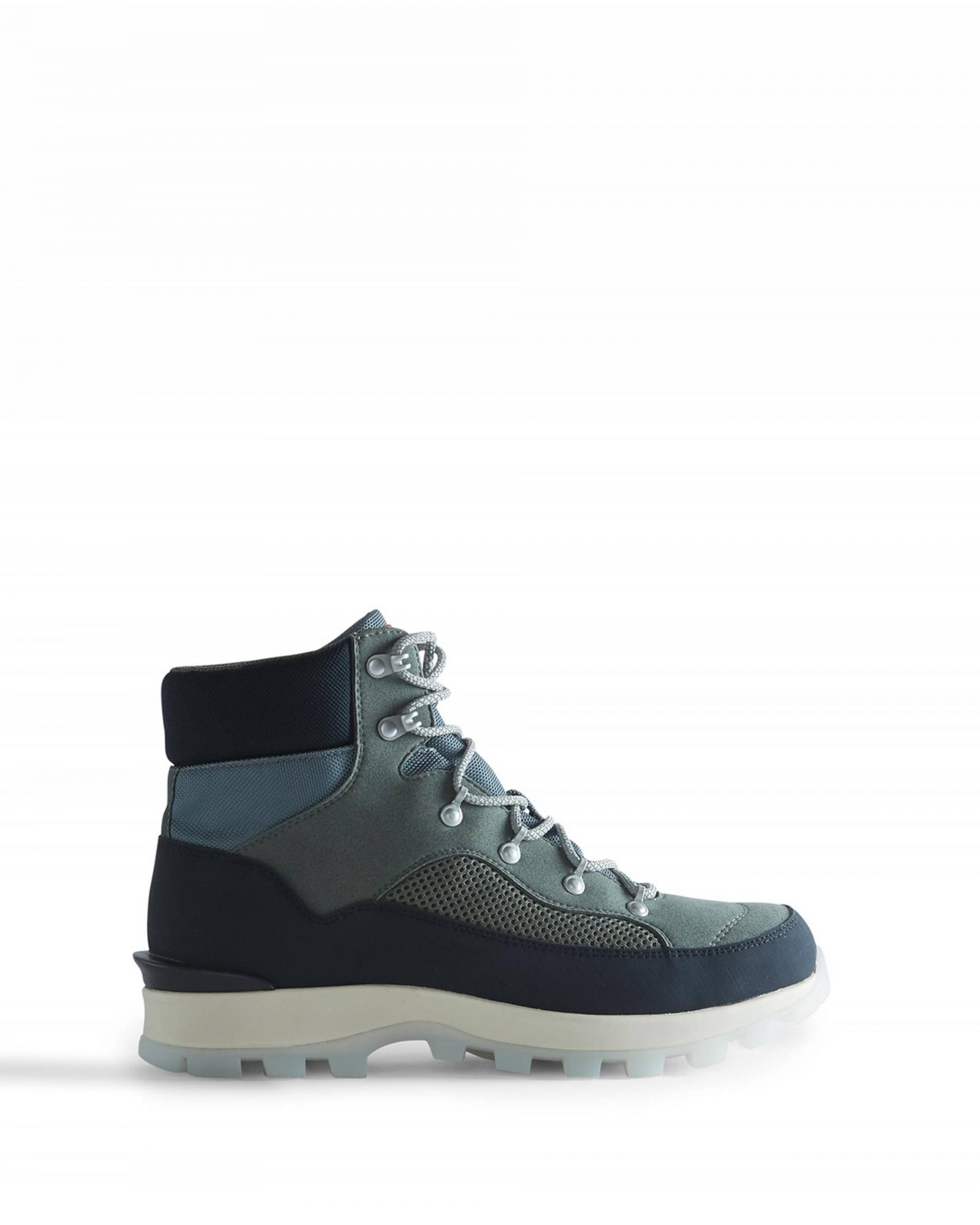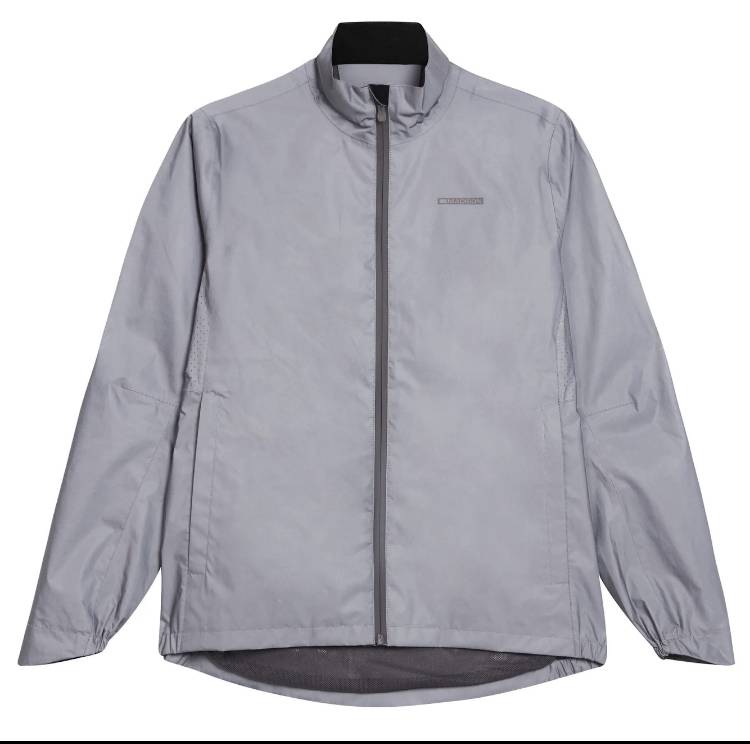Words by Holly Taylor, chef and co-founder of Kindling Restaurant in Brighton

Holly Taylor and Toby Geneen are the founders of Kindling Restaurant in Brighton. Kindling is about more than just the delicious food, it is a community of people: staff, customers and suppliers all sharing and celebrating local produce. Nature writes the menu as the seasons inspire the dishes. Kindling is featured in the Michelin Guide and is a member of the Sustainable Restaurants Association. Today they look at the dangers of Greenwashing and how your food shopping choices can help the environment.
When it comes to doing our bit to help tackle environmental issues, it’s important to remember two things: we must not let perfect be the enemy of good; even the smallest better choice makes a difference. We really are stronger together. Our spending power is an incredibly powerful tool to force corporations to act and help to address climate challenges.
 But how can you really tell if what you’re buying will make a difference, and that the claims aren’t just marketing hype?
But how can you really tell if what you’re buying will make a difference, and that the claims aren’t just marketing hype?
Greenwashing (making an item seem to have less of a negative environmental impact than it does) is common in many business sectors, but one area all of us are involved in (as consumers) is food. Terms such as green, non-toxic, plant-based, plant-derived, pure, raw, healthy, all-natural all lead us to believe the product is a better choice. But they are often used to greenwash.
As consumer demand for environmentally friendly products has risen, greenwashing has become increasingly common. This has led to growing consumer confusion, making it more difficult than ever to make genuinely sustainable choices.
So, what should you be looking out for?

Vague claims
Maybe the company uses very general terms such as ‘green’ or ‘eco-friendly’ but doesn’t provide any reason for their statement. Companies that are proud of their commitment to the environment will have the information behind their claims freely available and will happily answer consumer questions. Watch out for claims that are imprecise and have no evidence to back them up. Don’t be fooled by clever branding that makes a product look environmentally friendly when it has no right to be.
A product’s whole life cycle
As an example, a meat replacement product may major on the fact that it is plant-based, but what really counts is how those plants were grown and how much energy has been used in the processing of the ingredients to make the end product. A plant-based product that is revealed to have been produced from an international catalogue of ingredients that have all been intensively farmed isn’t as good for the environment as it initially sounds and certainly not as good as vegetables grown a few miles from your location.

Certification
Most of us don’t have the time to research everything we eat, a fact that a lot of companies are relying on! The good news is there’s a growing number of sustainability certification bodies, such as B Corp, The Ethical Company Organisation, Planet Mark and FutureFit Business that provide comprehensive assessments and certifications for companies that truly want to address their environmental impact. These organisations offer businesses a roadmap so they can measure and mitigate their social and environmental impact, with the end goal of reducing their contribution to climate change.
Too good to be true?
When it comes to green washed products, if it sounds too good to be true, there is a good chance that it is. Most sincerely green production practices are going to be lower yield and higher cost – so you should expect to pay more. A company that’s truly committed to reducing its carbon emissions is going to invest money in making changes to production and infrastructure to achieve this.
In the last few years carbon offsetting has become very popular with large corporations who wish to appear more environmentally friendly, but sadly this isn’t a long-term solution to climate change. Sure, planting trees to suck carbon dioxide out of the atmosphere as they grow is a positive thing. But it’s significantly less positive than not producing so many greenhouse gases in the first place. Unfortunately, the buzz around carbon offsetting has rather distracted consumers from the core problem which is skyrocketing carbon emissions. Offsetting schemes aren’t bad, but they don’t cancel out the emissions to which they are linked. Instead, they’re a distraction that stops us from holding companies accountable for their enormous environmental impact. It allows these companies to continue with their unsustainable behaviour while shifting their responsibility for the climate onto the consumer.

Go back to basics
One of the best ways to avoid greenwashing in food is to get back to basics as much as possible. Try to buy your food locally from the people who produce it. Look out for farmers who are championing regenerative agriculture – a farming practice that aims to enhance the land and work with the environment rather than against it.
Some of the simplest things to do include:
• Buying veggies at a farmer’s market.
• Signing up to a locally grown veg box scheme.
• Getting your meat and fish from a local butcher and fishmonger who will know where it has come from
• Where possible cooking from scratch rather than buying processed food.
• Swapping to products that have certified sustainability credentials
• Buying from smaller, more local companies – they will naturally have a lower carbon footprint compared to corporate giants.
As much as possible, ask questions about where your ingredients come from: where in the world are they grown, how many food miles have they travelled, and how have they been grown?
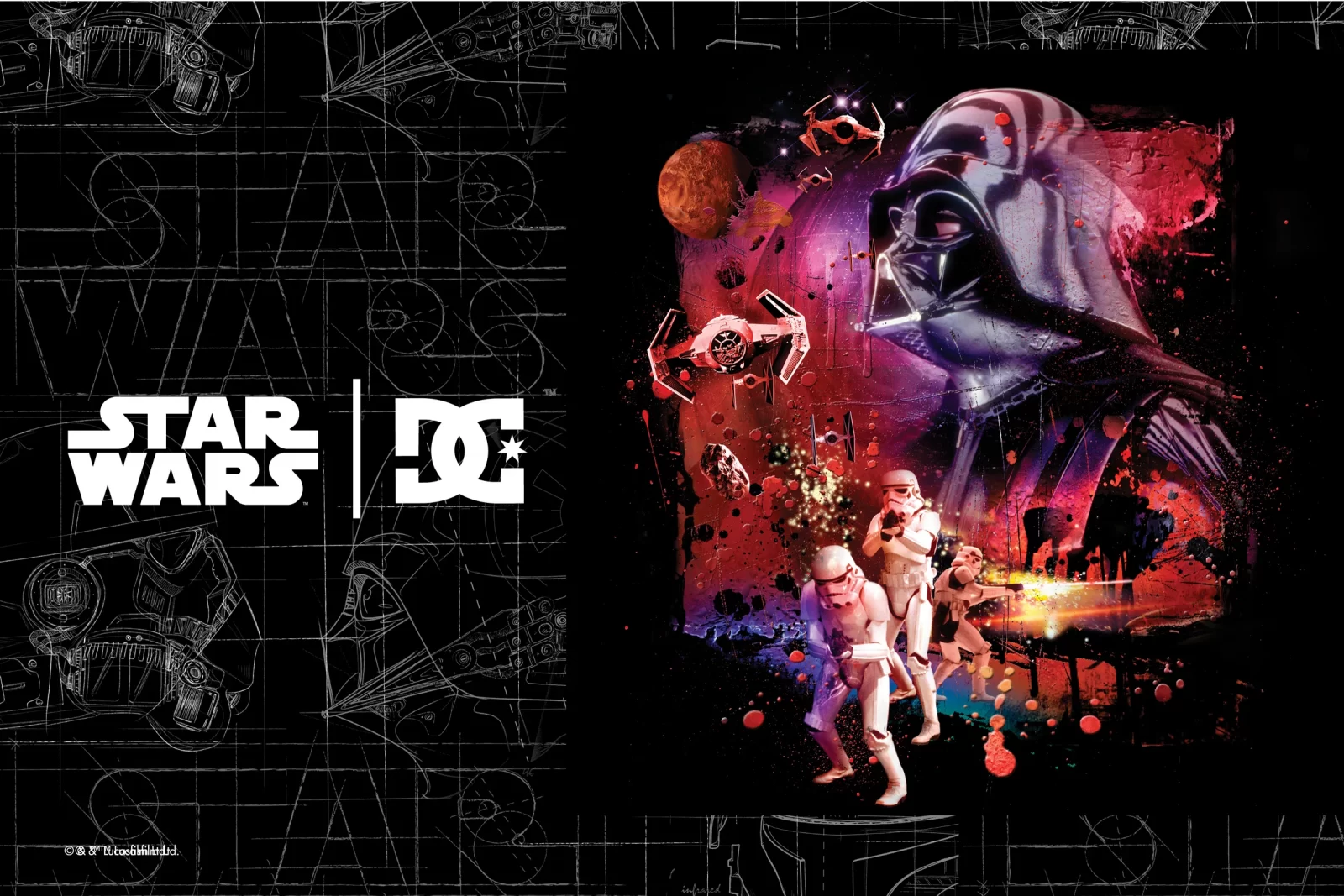 Building on their recent footwear and apparel collection, that celebrates the original trilogy, with a focus on Star Wars: A New Hope. The collection featured five unique character-driven capsules that highlight character art of Boba Fett, Darth Vader, Luke Skywalker, the X-wing/R2-D2, and the stormtroopers. This time the action sports brand DC Shoes is once again collaborating with Lucasfilm on a new snowboarding collection inspired by the original Star Wars trilogy, think if you were Holidaying on Hoth. The collection features two distinct capsules, with one celebrating the iconic character, Boba Fett while the other finds inspiration from the dark side, in the Sith.
Building on their recent footwear and apparel collection, that celebrates the original trilogy, with a focus on Star Wars: A New Hope. The collection featured five unique character-driven capsules that highlight character art of Boba Fett, Darth Vader, Luke Skywalker, the X-wing/R2-D2, and the stormtroopers. This time the action sports brand DC Shoes is once again collaborating with Lucasfilm on a new snowboarding collection inspired by the original Star Wars trilogy, think if you were Holidaying on Hoth. The collection features two distinct capsules, with one celebrating the iconic character, Boba Fett while the other finds inspiration from the dark side, in the Sith.  The Boba Fett capsule features a custom camo print and branding details inspired by his Mandalorianarmor. The camo stands out on some of DC’s outerwear staples. From the jackets and pants to the mittens and hoodaclava, the Boba Fett capsule even includes DC’s top-of-the-line Phase Boot. But the real standout of the collection is the Boba Fett snowboard. With vintage artwork of the notorious bounty hunter on the topdeck, this is a collector’s dream come true.
The Boba Fett capsule features a custom camo print and branding details inspired by his Mandalorianarmor. The camo stands out on some of DC’s outerwear staples. From the jackets and pants to the mittens and hoodaclava, the Boba Fett capsule even includes DC’s top-of-the-line Phase Boot. But the real standout of the collection is the Boba Fett snowboard. With vintage artwork of the notorious bounty hunter on the topdeck, this is a collector’s dream come true.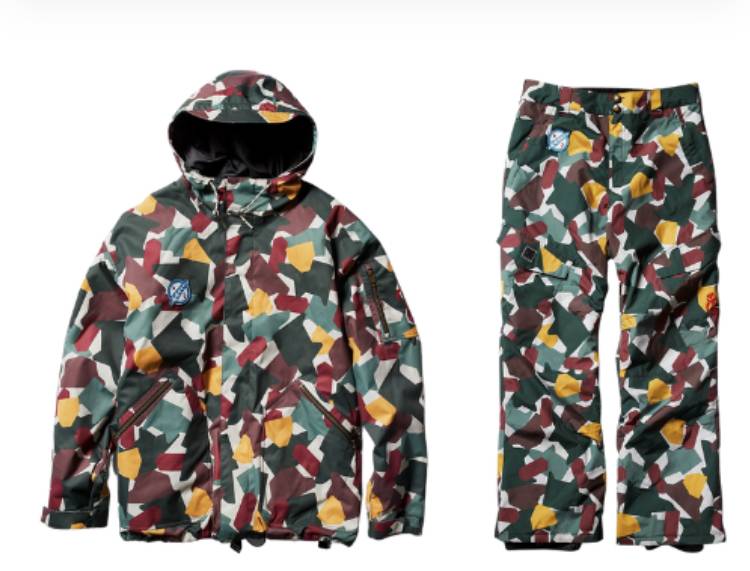 The Dark Side capsule features a custom galaxy print where you can see some of the Imperial Army’s most recognizable ships when you look closely among the stars. Aurebesh script and the iconic yellow Star Wars logos add the extra authenticity, but the fans are sure to be most excited about the lining print that features a vintage collage of the most iconic villains from the Star Wars galaxy, including Darth Vader himself. This print is also found on the topdeck of the Dark Side snowboard.
The Dark Side capsule features a custom galaxy print where you can see some of the Imperial Army’s most recognizable ships when you look closely among the stars. Aurebesh script and the iconic yellow Star Wars logos add the extra authenticity, but the fans are sure to be most excited about the lining print that features a vintage collage of the most iconic villains from the Star Wars galaxy, including Darth Vader himself. This print is also found on the topdeck of the Dark Side snowboard. This is a great collection sure to make a statement on the slopes, channel the force within you and make some powder fly on the piste!
This is a great collection sure to make a statement on the slopes, channel the force within you and make some powder fly on the piste!

 But how can you really tell if what you’re buying will make a difference, and that the claims aren’t just marketing hype?
But how can you really tell if what you’re buying will make a difference, and that the claims aren’t just marketing hype?



 While the “dress to impress” mantra is still valid, the changes in the dress code prove that it’s not all about the looks. Intellect and performance are more important in business nowadays, especially in the digital-first ambience, and the above successful companies are showing that.
While the “dress to impress” mantra is still valid, the changes in the dress code prove that it’s not all about the looks. Intellect and performance are more important in business nowadays, especially in the digital-first ambience, and the above successful companies are showing that. Other industries are also not falling behind. The British airline Virgin Atlantic also
Other industries are also not falling behind. The British airline Virgin Atlantic also 